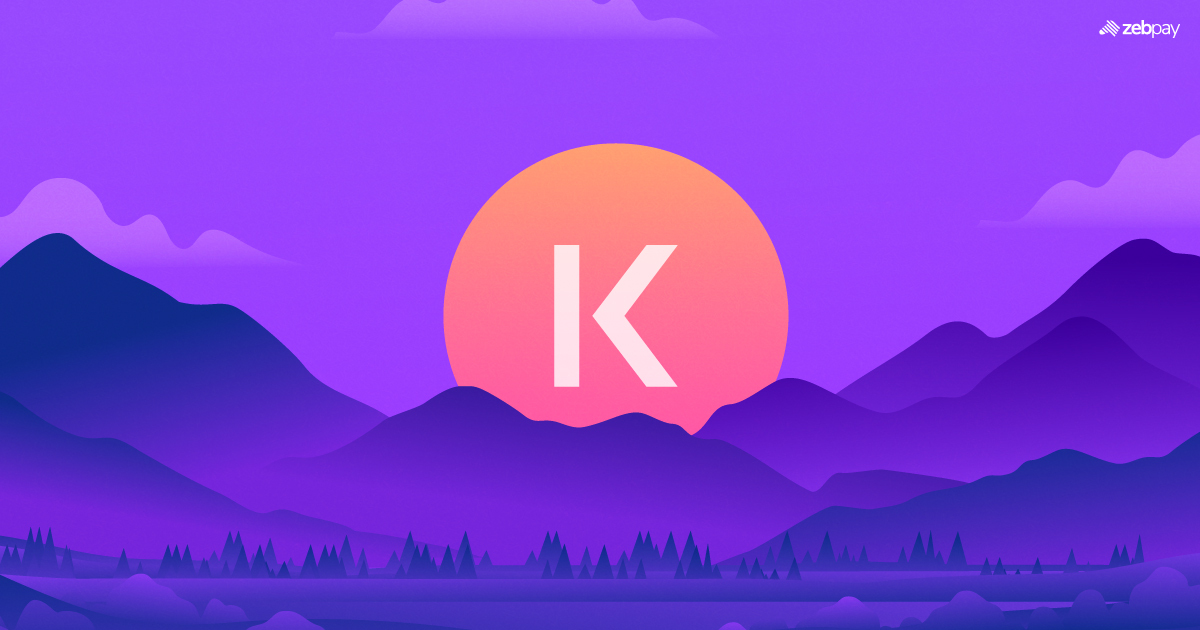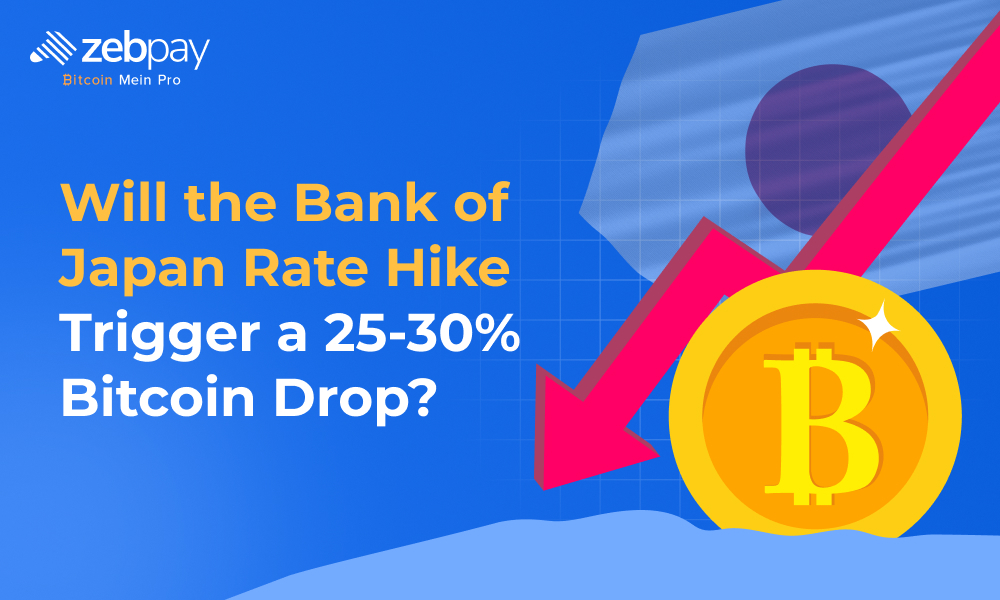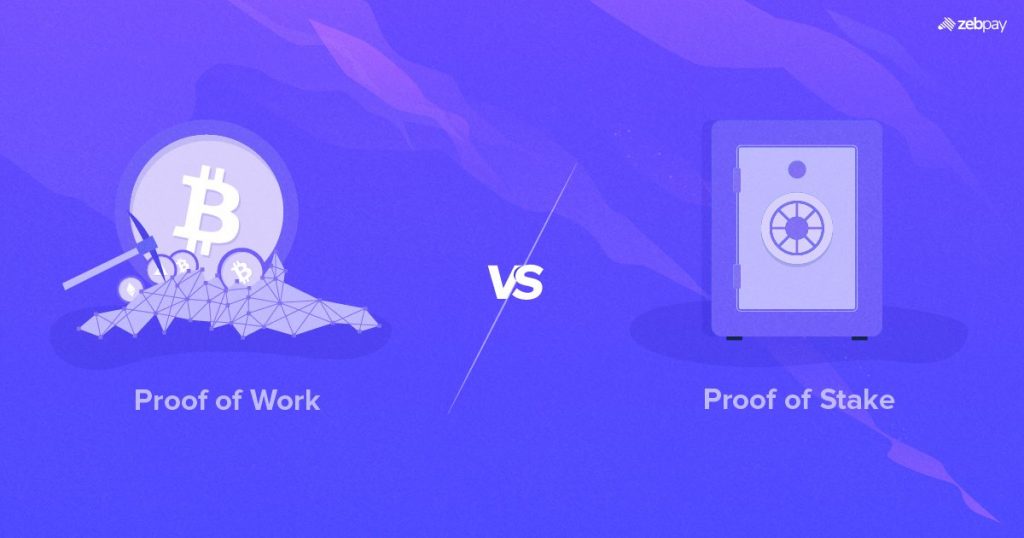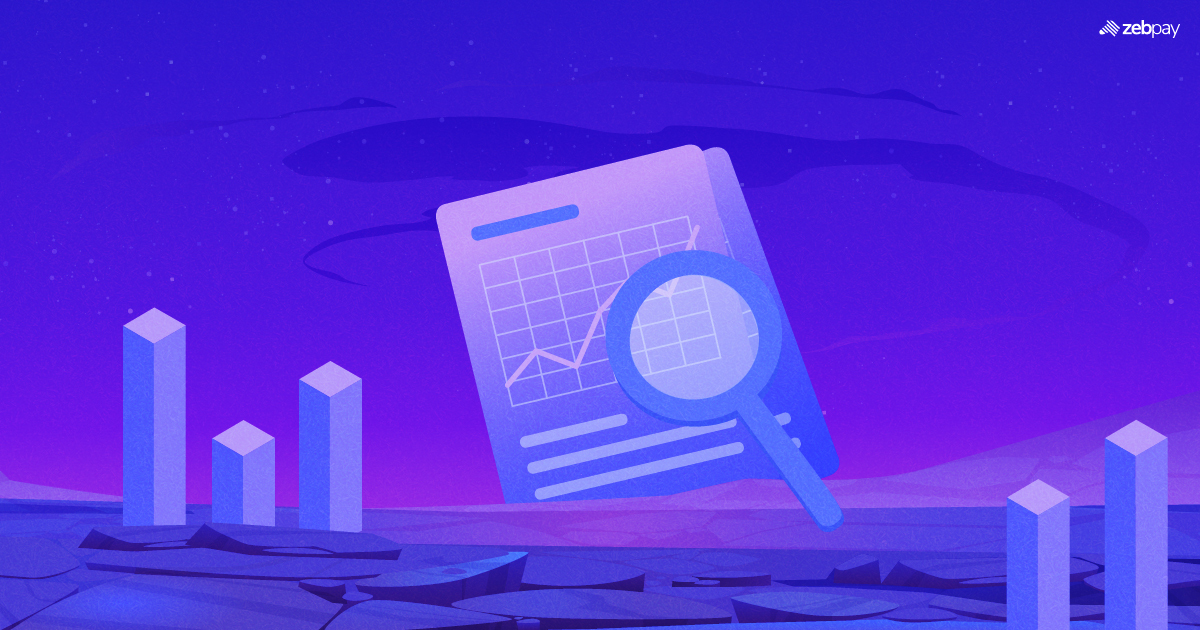Blockchains have been a revolutionary innovation for payments, data storage and finance. But they also have their shortcomings. The major concern many developers and users have is choosing the right blockchain since each one operates separately. Therefore, protocols must be built for each blockchain separately. Kava.IO is here to solve this problem.
What is Kava Crypto?
Kava is a layer 1 blockchain that is focused on protocol growth and scalability. It is built on a “co-chain” architecture, based on both the Ethereum and Cosmos blockchains. The Cosmos co-chain ensures compatibility between 30 different blockchains using the Cosmos network. Additionally, the Ethereum co-chain creates a development environment compatible with the Ethereum Virtual Machine (EVM).
Its goal is to allow developers to create unique decentralised applications – or dApps – without worrying about network congestion or compatibility with other blockchains and protocols.
How Does Kava Work?

Kava’s key differentiating feature is its co-chain architecture. As described by their docs, the co-chains are like two hemispheres of a brain. The Cosmos co-chain can be used by developers comfortable with the Cosmos SDK. On the other hand, developers who use solidity can create using the Ethereum co-chain.
The magic lies in their translator module. This connects both co-chains and ensures dApps developed on one can function seamlessly with the other.
Kava Network and Cosmos
Cosmos is a blockchain framework that simplifies the process of creating new blockchains. Kava is a proof-of-stake blockchain built using this framework.
The Kava network thus uses the Tendermint Core engine of Cosmos as its consensus mechanism. This is a Byzantine Fault Tolerance (BFT) system, which means that transactions can still be finalised even if some nodes are faulty or misbehaving.
Kava Ecosystem
The Kava Ecosystem consists of the co-chains mentioned above, Cosmos chain participants and the KavaDAO.
Any blockchain or applications built on the Cosmos network is interoperable with Kava thanks to the Cosmos hub and its inter-blockchain communication. Kava also supports tokens not native to Cosmos or Ethereum by converting them into wrapped tokens.
KavaDAO
If you are a staker or if you run a kava node for validation on the network, you can also participate in the KavaDAO. This is a decentralised autonomous organisation that governs the platform.
Decisions such as network operations and incentive mechanisms can be voted on and implemented to advance the blockchain.
How To Use Kava Crypto?
There are two main uses for the KAVA token. Firstly, it is the governance token of the network. If you hold KAVA, you can join the KavaDAO and start voting on proposals for the blockchain.
Kava Lend
Kava Lend is the DeFi protocol of the Kava network. It creates a decentralised ecosystem for users to borrow and lend their crypto assets. There is no central authority that decides rates or who can take a loan. Instead, the system is managed entirely through smart contracts.
If you provide liquidity to Kava lend users, you can earn KAVA tokens for your services. Staking these tokens grants you a passive income through more KAVA and special HARD tokens.
Pros and Cons of Kava Coin
Pros of Kava Coin
- Easy To Earn – You can acquire KAVA passively by becoming a lender on the Kava Lend platform. This ensures a steady stream of LP rewards and ways to increase your stake without purchasing more tokens.
- Efficient Ecosystem – The co-chain architecture of Kava makes it highly efficient and straightforward to use. Developers do not need to adapt to an entirely new environment and users can enjoy interoperability between dozens of services.
- Governance – Holding KAVA allows you to join the KavaDAO and vote on important decisions for the protocol.
Cons of Kava Coin
- Uncertain Future – Ethereum’s Merge is just one step in all of its future upgrades. These improvements are geared towards improving the number of users Ethereum can service and reducing network costs. This may make the co-chain architecture unnecessary as all needs will be addressed by Ethereum.
- Adoption – Kava is still a new project and has not been tested at scale. Until the project achieves widespread adoption, it will remain unclear if the co-chain architecture can support enough users reliably.
Conclusion
Kava presents an interesting alternative to the many layer-2 scaling solutions present for Ethereum. Its co-chain architecture not only solves Ethereum’s scalability issues but also creates a unified network for many different blockchains and applications to work together. But only time will tell if the project can retain relevance after Ethereum’s updates address its scalability.
You can buy KAVA on ZebPay. Start achieving your financial goals with Zebpay Inda.
FAQs on Kava.IO
How Do Kava Loans Work?
To take a loan on Kava, you must first deposit the required collateral in the form of crypto tokens. Kava’s loans are distributed as USDX, a stablecoin pegged to the USD through over-collateralization.
Therefore, you must deposit more crypto than the value of the loan you wish to take.
How Do You Make Money From Kava?
There are two ways to make money from Kava, providing liquidity and staking.
Providing liquidity means locking your digital assets into smart contracts. These assets can then be used by borrowers in the form of a loan. To compensate you for the service provided, you are rewarded with KAVA tokens.
Alternatively, you can stake your KAVA tokens from your crypto wallet and earn a passive income through that route.
Can You Mine Kava Crypto?
Kava operates on the Tendermind consensus protocol, which is used for proof of stake blockchains. Therefore, it is not possible to mine KAVA as it does not support proof of work. You can only stake your tokens or delegate them to another validator to earn block rewards.







